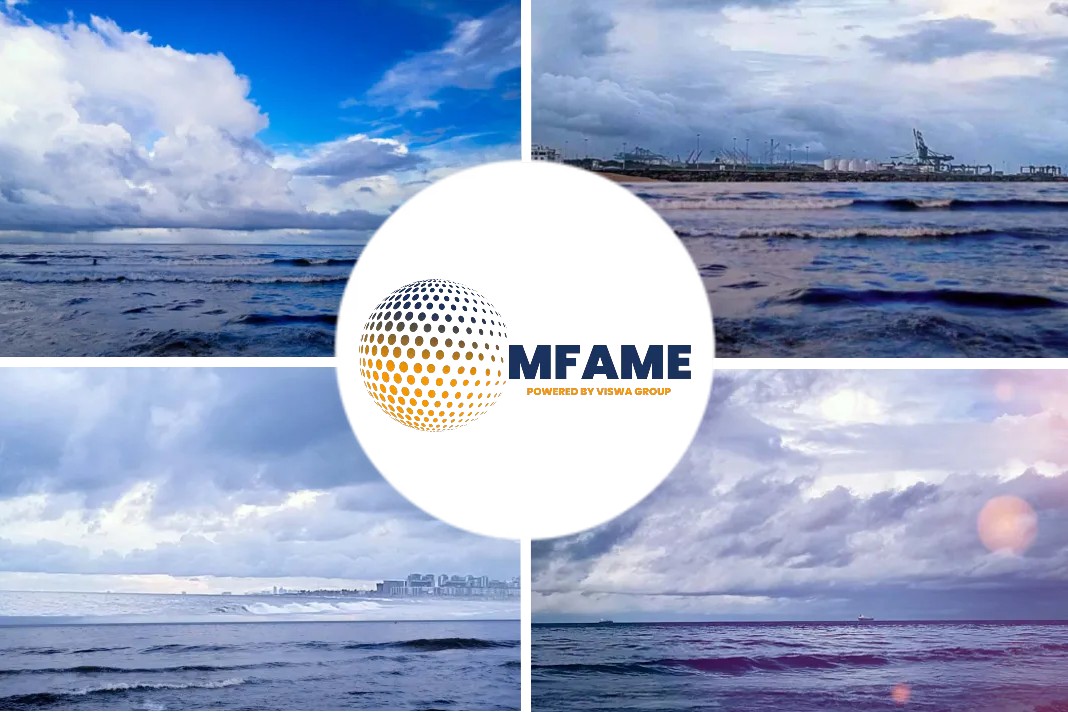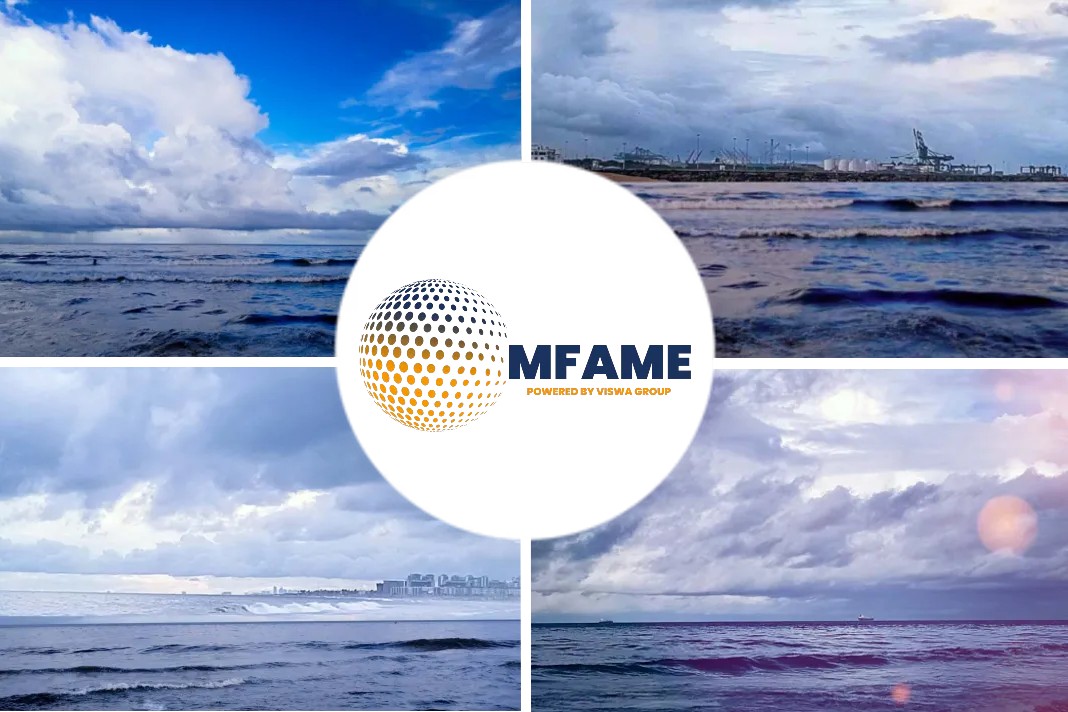President Donald Trump’s bid to dump a glut of liquefied natural gas on Europe is getting an unlikely boost, reports Bloomberg.
The stringent Regulations
The International Maritime Organization will clamp down next year on sulfur and carbon emissions from diesel-powered ships. That’s sparked a hunt for less-polluting fuels, with the global glut in LNG luring European cruise and non-cargo lines to turn to the fuel.
And it’s benefiting shipyards in Germany, home to the world’s largest merchant navy fleet, which are tapping a booming cruise industry.
Tapping the Baby Boomers’ Travel Purse
Global cruise passenger numbers jump over 50% since 2009
Special shipbuilding getting huge boost
“Germany can’t make LNG cruise ships fast enough — we’re top of the shop right now,” said Ralf Soeren Marquardt, managing director of the VSM German shipbuilders federation, from Hamburg.
“Special shipbuilding in which Germany led for so long is getting a huge boost.”
LNG-propelled cruise ships
All but two of 11 cruise ships on order at Meyer Werft GmbH’s Cloppenburg wharf on the North Sea are LNG-propelled.
The wharf’s order books are full to 2023, spokesman Guenther Kolbe said by phone. In November, the yard finished the 180,000-ton AIDAnova liner, the world’s first LNG cruise ship.
Owner Carnival Corporation & Plc, the world’s largest leisure travel enterprise, aims to boost its LNG fleet by 11 ships in coming years.
Financial support from financiers and government
Germany’s leading shipping financiers including NordLB AG and Commerzbank AG are winding wind down their loan portfolios.
The government and its development bank KfW Group are stepping in to help finance construction of LNG liners.
How is the government supporting?
LNG propulsion is 20 to 30 percent more expensive than diesel motors and the government subsidizes as much as 60 percent of the higher costs, said George Ehrmann, managing director of Germany’s Maritime LNG Platform, which promotes the new technology.
Just 0.4 percent of total global shipping by tonnage is made up of cruise ships but the sector’s switch to LNG will in time give a lift to other German special shipping such as research ships and offshore wind installation ships, and to diesel-to-LNG conversion equipment, Ehrmann said earlier this month.
Two sites for North Sea LNG Terminal
Germany has been slow to warm to LNG’s possibilities and is the only major European market without an import terminal for the fuel. Until mid-decade, the government in Berlin rebuffed pressure from Group of Seven partners including the U.S. and Japan to broaden the diversity of its natural gas supplies, touting instead its reliance on pipeline gas.
The stance started crumbling last year under U.S. pressure, and politicians including Chancellor Angela Merkel have started meantime to fall in line with shipbuilders, coastal administrations seeking to build LNG terminals and logistics companies in espying the possibilities of LNG as a maritime revenue earner as the IMO pollution clamps loom.
For the first time in her 14-year chancellorship Merkel will next month open the nation’s annual maritime congress. LNG propulsion for inland shipping is a major topic. Later this year her government is slated to name two sites for North Sea LNG terminals.
Ships Best in Class
CO2 grams emissions per ton-kilometer
The limitations
Skeptics point to formidable barriers to entry for upstart LNG. Storage tanks and cooling equipment limit space available for the usual shipping crew and cargo. Unlike diesel, the fuel is potentially explosive when leaks occur and major spillages of ultra-chilled fuel would crack ships’ steel hulls.
Navies don’t plan LNG ships for those reasons. LNG-refueling infrastructure is still scarce at international ports and shipping companies and banks are short on investment cash after a vicious industry slump that unleashed a wave of bankruptcies.
“There are not enough fueling stations worldwide to supply LNG fuel to vessels, which is a bottleneck,” said Basil Karatzas, chief executive officer of New York-based Karatzas Marine Advisers, who compared the transition to that from sail ships to steam. “Enough ships have to be built for LNG, and they cannot be built unless there is enough bunkering capacity.”
Did you subscribe to our daily newsletter?
It’s Free! Click here to Subscribe!
Source: Bloomberg



















